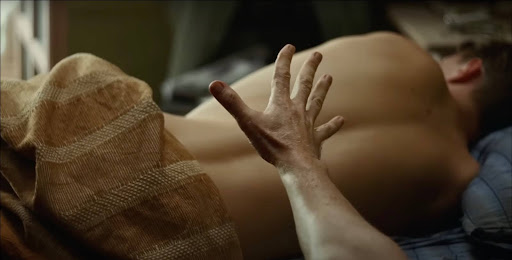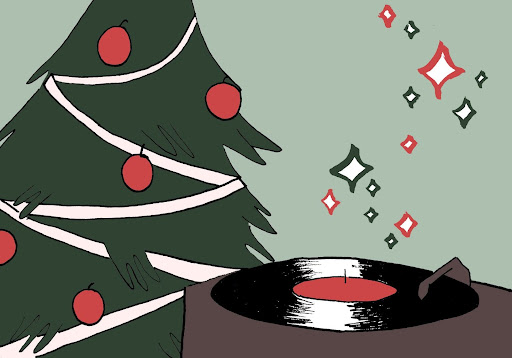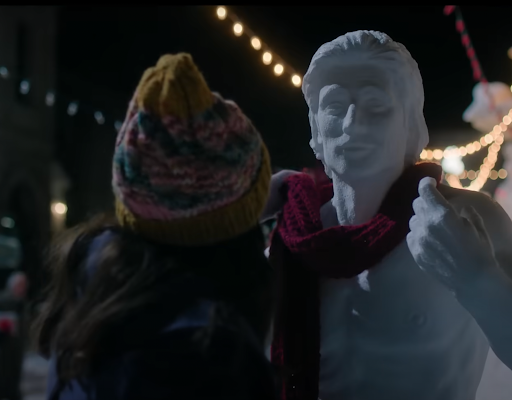Sharp white paint covered the walls of Dr. M. T. Geoffrey Yeh Art Gallery on Thursday, Feb. 1, as the soul-stirring stories of African American outrage, sacrifice and pain filled the air and leveled the room in this year’s Big Read Kick-Off exhibition of “Citizen: An American Lyric.”
This was the canvas for Yulia Tikhonova, director of St. John’s University Art Gallery, upon which she handpicked 21 racially diverse artists to capture and immolate the genre-bending work of Claudia Rankine’s book-length poem of the same title.
St. John’s is one of 75 institutions awarded a 2018 National Endowment for the Arts (NEA) Big Read grant, 12 of whom chose to build on top of Rankine’s unique integration of text and visual art to tell the story of America’s past and present racial disparities.
The exhibit opened with the work of participating artist Sonia Adams who contributed multiple works of arts including collages, and several historical texts of heart-rending slave narratives and inspirational movements advocating the right to protect African Americans and other people of color across the world.
“Some people think that activism is just physical,” Adams said. “Activism can come in the form of writing, it’s also the little things we do in life, meeting someone, talking to them, encouraging them.”
The event was also accompanied by a musical performance from SJU’s own instructor of fine art, Tyreek Jackson, who said, “I’m glad this is taking place on this campus, it’s an opportunity for everyone to have deep conversations about what it means to be a person of color in this country, what it means to be a person of color at an institution of higher education, because that is even a more unique position to be in.”
Since its first season in 1994, the Yeh Art Gallery has been dedicated to the exhibition of all forms of contemporary art. University Chaplain Rev. John J. Holliday, C.M. who just arrived to St. John’s in September stopped by to support the gallery’s opening reception and shared a few of his thoughts.
“It’s a sobering exhibit,” he said. “A lot of connections from slavery to experiences of people today, to incidents of so many young men being arrested by the police or killed by the police, there’s this connection of racism throughout the history of our country, it’s sad, and [it] prompts us to move forward.”
“I do not always feel colored. [. . . ] I feel most colored when I am thrown against a sharp white background. [. . . ] Among the thousand white persons, I am a dark rock surged upon, and overswept, but through it all, I remain myself,” novelist Zora Neale Hurston wrote.
This excerpt comes from her 1928 autobiographical short story “How It Feels to Be a Colored Me,” and these subtle yet powerful words cover the event’s many pamphlets and flyers.
Hurston’s words go hand in hand with the exhibitions overall theme by revealing the absurdity of seeing life through one’s “assigned cultural identity.”
SJU’s “Citizen” is a multi-disciplinary collaboration that serves as a safe space for faculty and students to analyze and contest racial biases and stereotypes. It will remain on display until March 14, with a full calendar of events and programs across the three SJU campuses.
This aligns perfectly with the University’s Vincentian mission to “foster a world view and to further efforts toward global harmony and development by creating an atmosphere in which all may imbibe and embody the spirit of compassionate concern for others.”







